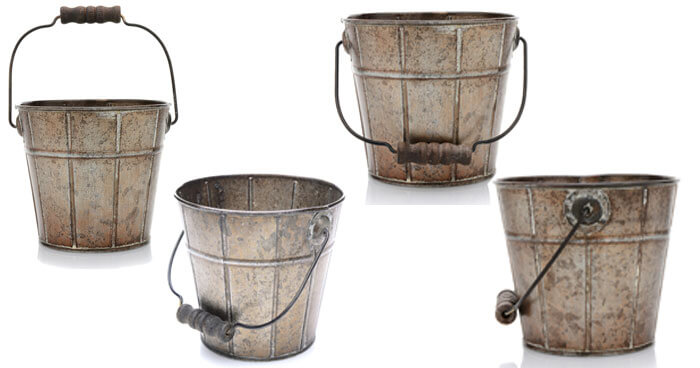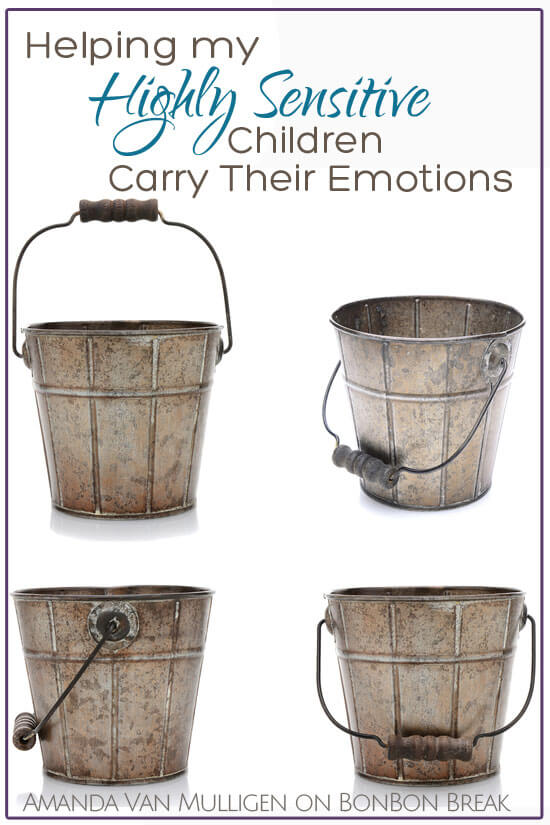Helping My Highly Sensitive Children Carry Their Emotions


I see his little head bobbing in a sea of infants; his teacher spots me and shakes his small hand, giving him unspoken permission to go to me. I watch my son’s face and can instantly tell he is fighting tears. I know by the look on his face that his morning in school has been too much for him.
But at least we both know where we are at – his bucket is full and he’s struggling to carry it. His emotions clearly slop over the side and leave his little feet sodden.
As much as I’d like to take his bucket from him there and then on the playground I know I can’t and he drags it home himself, into his safe place. There he hurls it angrily into the hall as soon as he steps over the threshold from the outside world. The tears fall and he melts down.
Buckets became a part of our family 4 years ago when my eldest son started school at the tender age of 4. He’s a highly sensitive child (HSC) so his nervous system is more finely tuned to his environment than that of other children.
It means that the sensory input that other young children effortlessly tune out fails to go through any filtering process. He hears and notices more, is affected by smells and feels more intuitively the emotions around him.
Busy and noisy environments are intense for my HSC, overloading his sensory system. This manifests itself in meltdowns, fits of unexplained anger and tears that seem to come from nowhere and leave him physically and emotionally drained.
We needed a way to explain all of this, to explain highly sensitive in a 4-year-old’s language. So we handed him a bucket.
We described how every sight, sound, smell, touch, and interaction he experiences gets deposited into his bucket. We explained that the more he experiences, the busier his environment, the quicker his bucket fills; it’s an analogy that a 4-year-old can get behind. He quickly grasped that some days were busy enough to make his bucket overflow.
Four years on his filter works better but when he comes home from school for lunch he nevertheless needs to devote time to emptying his bucket. He needs space in it for his afternoon back in his classroom.
After school, he is still worn out despite his teacher working with him to give him moments in the classroom he can use to empty his bucket, quiet moments so he can work out what he doesn’t need to keep in his bucket, what he doesn’t need to bring home with him.
My middle son turned four last year. He grabbed himself a bucket too. “I’m full,” he’ll yell after a day in school. I know now he’s also highly sensitive, and he already holds his bucket dear.
In fact, the bucket analogy works so well for our family that I carry one too. I’m also highly sensitive and as a mother with 3 young boys, I need to carve out quiet time for myself during the day to recharge. I explain to my sons that my bucket is full. They immediately relate.
And we have one more bucket waiting in storage for my 3-year-old; it’s wrapped up in plastic, shiny and new, waiting for the day he yells, “Mama, I’m full!”
READ THIS NEXT:
PIN IT FOR LATER:

March’s Theme Sponsored By:
Would you like to sponsor a theme? Click here.
This post was written by Amanda Van Mulligen exclusively for BonBon Break Media, LLC.











